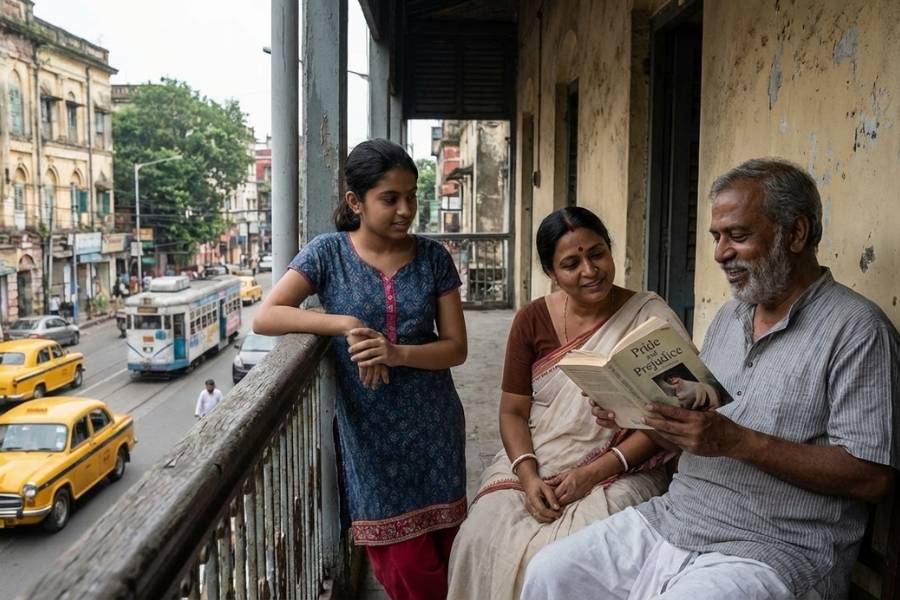The stone pelting and arson that erupted on the city’s south-western edges on Wednesday exposed glaring police failures — from poor intelligence gathering to sluggish crisis response.
Violence raged for more than five hours barely metres from Rabindranagar police station in Maheshtala, highlighting how unprepared the city’s police force has become. With a crucial state election approaching amid fears of communal polarisation and rising tensions, the police response has shaken public confidence.
Authorities have filed seven cases and arrested 40 people in connection with the violence at Maheshtala and Nadial. However, many believe the chaos could have been prevented with better management of a dispute that began simmering from Tuesday night.
This newspaper interviewed serving and retired police officers to understand what went wrong and how a local disagreement spiralled into large-scale violence that injured at least 19 police personnel, including a senior officer.
Intelligence breakdown
The trouble began on Tuesday night with a dispute over building a platform for a tulsi plant where a makeshift stall once stood. Police said the contested patch belonged to “the government”.
On Wednesday morning, protesters damaged a wall around the land in opposition to the tulsi platform.
“Any disturbance in a sensitive area with potential for escalation should receive adequate police presence before the situation deteriorates,” said a retired Bengal cadre IPS officer who served as director-general of police. “If problems started Tuesday night, local police had ample time to take pre-emptive action. While it’s impossible to predict everything, considering an area’s demographics and geography allows for proper assessment and preventive measures.”
Meanwhile, the attackers came well-prepared with stockpiled stones while police appeared caught off-guard.
Additional superintendent of police (Diamond Harbour) Mithun De acknowledged on Thursday that local police conduct was under investigation. “If we find negligence or intelligence failure by police, strict action will be taken against them,” he said.
Delayed response
Violence that began around noon on Wednesday spread through Maheshtala’s lanes and adjoining Nadial over five hours, with residents alleging police did little initially to contain the situation.
“I called the local police station — they didn’t come. Many neighbours requested police intervention, but nothing happened,” said a shopkeeper whose store was damaged despite having no connection to the tulsi plant dispute.
Several others complained police were initially “not doing anything” to stop the violence.
Superintendent of police (Diamond Harbour) Rahul Goswami defended the response, saying police used tear gas and handled the situation “in a controlled way.” He insisted on Thursday: “The police did exactly what was required. There was no excess or inadequacy.”
Political leadership gaps
Senior police officers told The Telegraph that local political leaders also bore responsibility for the violence.
“Most troublemakers came from Ward numbers 139 and 140 of the Kolkata Municipal Corporation,” said a Bengal Police officer. “Had local leadership controlled these youths, things wouldn’t have escalated this far.”
More seizures
Diamond Harbour Police seized chemicals used as raw materials for crude bombs from a Budge Budge hideout on Wednesday night, hours after the Maheshtala violence.
“We arrested five people, including Nabin Chandra Roy, a known RSS activist previously arrested in mob violence cases,” SP Goswami said. “We have every reason to believe these chemicals were stockpiled for manufacturing weapons.”
Police promised strict action against anyone involved, “irrespective of their politics or religion”.











